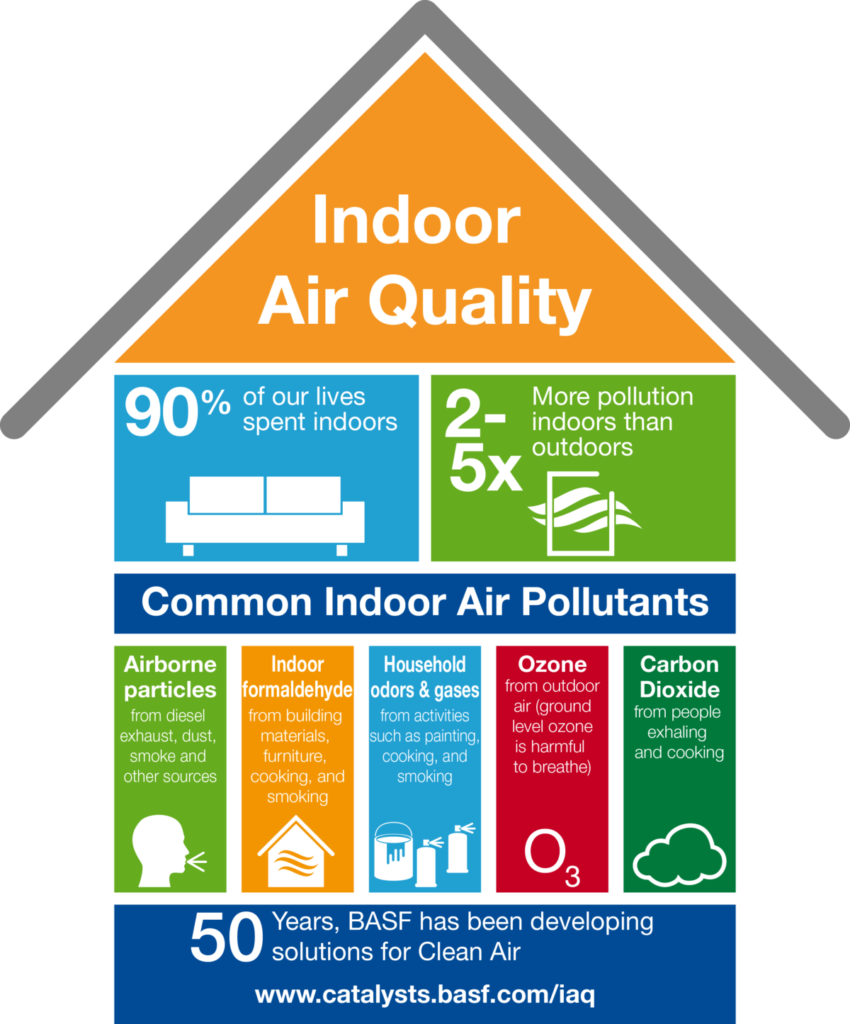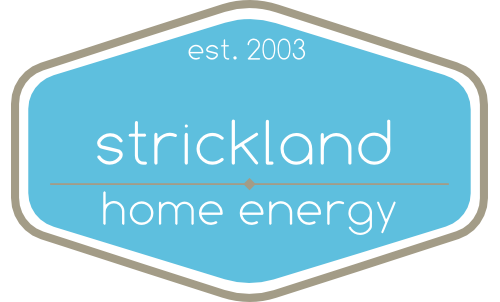Indoor Air Quality Assessment


Breath With Confidence
In recent times, more and more research has been done to prove that the air in your home can have a huge impact on your family’s overall health and well-being. The Environmental Protection Agency has concluded that the air quality indoors can be up to 10 times worse than the air quality outdoors – even in the most industrialized cities. There are more and more chemicals and synthetic materials being used in our homes, and with this, come many hazards which could be affecting your family’s health. Through advancements in science and technology, there are new testing methods and equipment being designed to help us to better test the indoor air quality in homes.
Our IAQ assessment includes measuring the temperature and humidity which is critical when determining the presences of molds and dust mites. Molds and dust mites are not air borne and cannot be abated through a filtration system. The only known method to rid your home of these allergens is through humidity control.
The assessment also includes testing for VOC’s, carbon monoxide, formaldehyde and pesticides. VOCs are emitted as gases from certain solids or liquids (That “smell” at the filling station? Those are VOCs). These include a variety of chemicals, some of which may have short- and long-term adverse health effects. Concentrations of many compounds are consistently higher indoors than outdoors.
Household products that emit the compounds can include paints, paint strippers, and other solvents; wood preservatives; aerosol sprays; cleansers and disinfectants; moth repellents and air fresheners; stored fuels and automotive products; hobby supplies; dry-cleaned clothing.
Key signs or symptoms associated with exposure to the compounds include conjunctival irritation, nose and throat discomfort, headache, allergic skin reaction, dyspnea, declines in serum cholinesterase levels, nausea, emesis, epistaxis, fatigue, dizziness.


